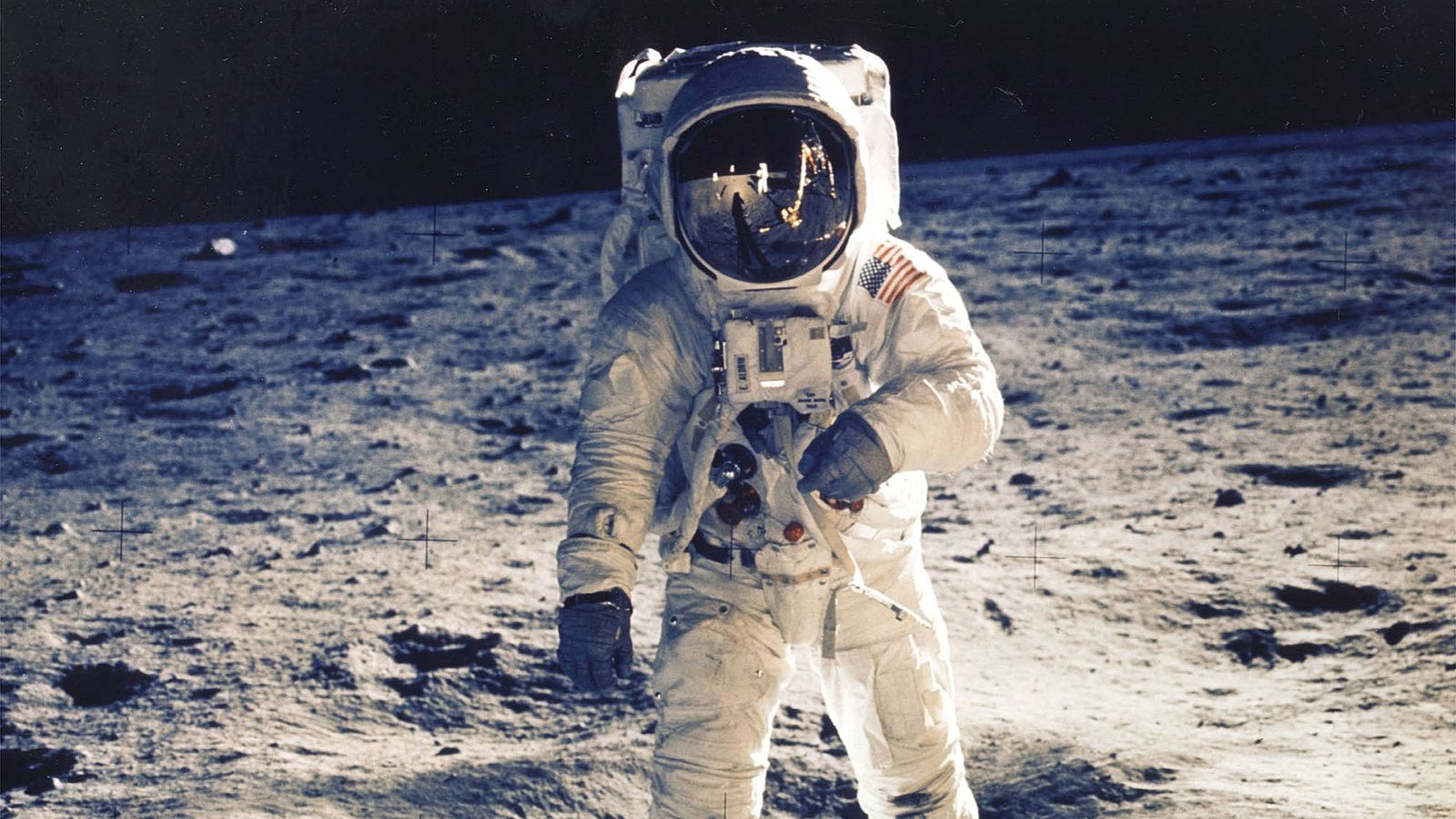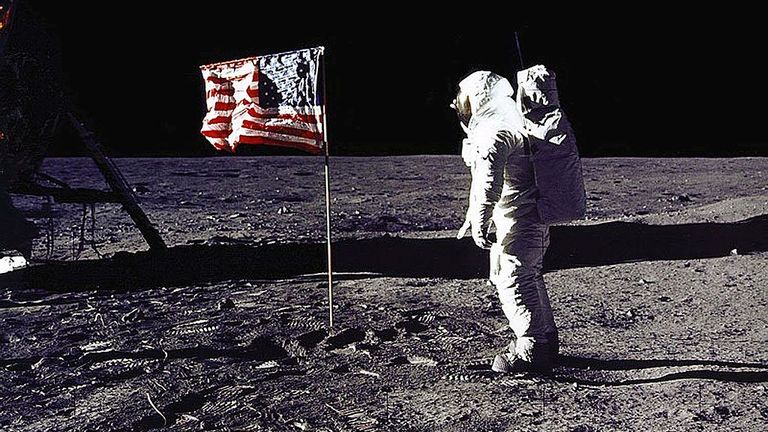NASA have outlined plans for a space programme which will see the first woman sent to the Moon in 2024.
The programme, called Artemis, will also send a man to the Moon – it will be the first lunar landing since NASA’s Apollo 17 mission in 1972.
Astronauts will launch on a rocket called SLS and travel in a spacecraft called Orion, which is similar to capsules used in previous Apollo missions.
The first phase, named Artemis-1, will involve an uncrewed test flight around the Moon in autumn 2021, enabling all of the critical systems, including life support and communication capabilities, to be tested.
Artemis-2 will repeat the same trip with a crew onboard in 2023 as well as conducting a new test – a proximity operations demonstration.
This demonstration will involve astronauts manually piloting Orion after it separates from the upper-stage of the SLS rocket, known as the interim cryogenic propulsion stage.
In preparation for Artemis, new probes will be sent to the Moon by NASA – with two a year planned from 2021.
In 2024, Artemis-3 will see astronauts land on the lunar south pole of the Moon.
They will have modern spacesuits enabling more flexibility than those on previous Apollo missions had.
The astronauts will spend seven days on the lunar surface collecting samples and carrying out various experiments before returning to Earth.
NASA have said the concept for the programme also involves building infrastructure later in the decade.
This will help establish a base camp which would allow long-term surface expeditions of the moon with more crew involved.
The Artemis programme also hopes to extract resources, such as water-ice, to create other usable resources such as oxygen and fuel.
The programme is estimated to cost $28bn and is currently dependent on $3.2bn being approved by Congress.
NASA administrator bJim Bridenstine said: “The budget request that we have before the House and the Senate right now includes $3.2bn for 2021 for the human landing system. It is critically important that we get that $3.2bn.”
He added: “We’re going back to the Moon for scientific discovery, economic benefits, and inspiration for a new a generation of explorers.
“As we build up a sustainable presence, we’re also building momentum toward those first human steps on the red planet.”


